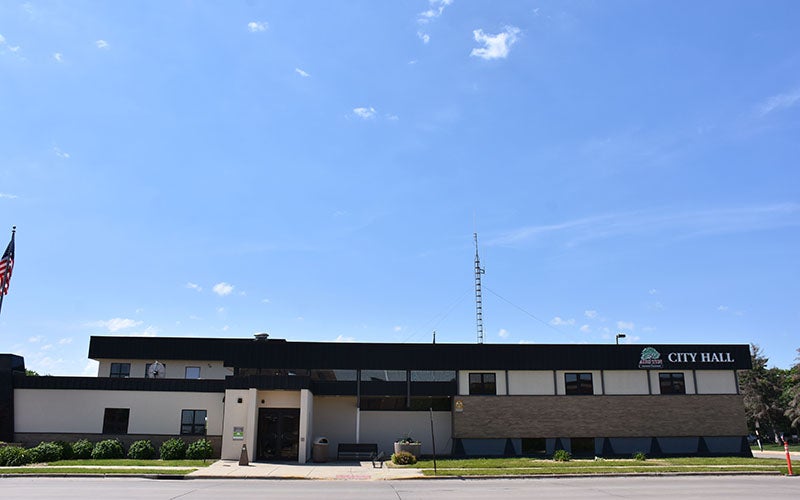School board lays out district issues
Published 3:52 pm Tuesday, March 27, 2012
The Austin Public Schools board has a few things it’ll deal with soon, from referendums to Sumner Elementary School’s racial demographics.
The board discussed topics to address in future meetings as part of its strategic planning session. Among the topics were the board’s decision on the new fifth- and sixth-grade school’s name — which board members hope to have by December — and measurable goals to accomplish by 2015, which the board hopes to wrap up in June.
“District-wide, can we see the things that we want to see?” John Alberts, educational services director, asked the board.
Board members discussed restructuring committees, retiring out-of-date policy, balancing referendum needs and learning more about the district’s financial policies. According to Mark Stotts, Austin’s finance and operations director, the district will have another referendum up for renewal by the fall of 2013. Stotts said board members should discuss whether they want to ask for the referendum a year early or wait until the 2013 deadline to ask the public for money.
“If the referendum is due in 2013, I’d want to start the learning process now,” said board member Aaron Keenan.
Sumner identified as ‘racially isolated’
One of the major topics the board discussed was its diversity policies in light of Sumner’s recent classification by the Minnesota Department of Education as a “racially isolated” school. Though Alberts said it is unclear what “racially isolated” means, Sumner is well-known for having a higher-than-average population of students of color.
District officials received word in early March that MDE officials singled Sumner out as a racially isolated school based on average daily student attendance figures sent to the state last October. In recent years, Sumner’s students of color have made up about 80 percent of its total population, while its total student count dropped from about 320 students last year to about 300 at the start of this school year.
Austin officials must gather information about Sumner’s student population, programming and overall district data to submit to MDE within 60 days.
From there, MDE will rule on what steps Austin has to take to resolve its student demographics issues.
“It’s so early, we’re not sure exactly what that’s going to look like,” Alberts said.
Depending on what MDE officials decide, Sumner officials may have to alter programming, busing schedules or set up magnet programs in other schools to attract more students. The district operates under a neighborhood schools policy, common in most of the U.S., where students are assigned to the school closest to where they live. In Austin, students may transfer to a different school if it’s closer to their family’s daycare service or if parents are willing to provide transportation.
In a worst-case scenario, Austin could be forced to redraw school boundaries to make each elementary school’s racial demographics more in line with the district’s overall ethnic percentages.
Alberts said in several cases, metropolitan districts undergo shifts, but he’s never heard of a similar situation in greater Minnesota. He said district officials would tackle the problem with state guidance.
Construction update
Though one more focus group took place during the board’s meeting, Stotts told the board plans had largely solidified.
Not much has changed since Stotts last gave an update. The new school’s cafeteria will double as a gymnasium to provide students with more room and better traffic control.
“You don’t want students to cross each other (in a cafeteria setting),” Superintendent David Krenz told board members, citing middle school students’ need for more space, which would create less conflict.
In addition, the new school will have a softball field, football and soccer field, and a dugout to the south, with a retainage pond going in where Sixth Avenue SE would be. Austin’s City Council will allow the district to take control of the stretch of Sixth Avenue SE just south of Ellis.
Four tennis courts will be put up for bid in the fields west of Neveln Elementary School, and depending on the bid prices, another court could be built there.
Stotts told the board that architects plan on using lots of glass to showcase the building’s inner workings and allow for natural light, which will make the school’s design unique in the state.
“You won’t find another school like it in Minnesota,” he said.





